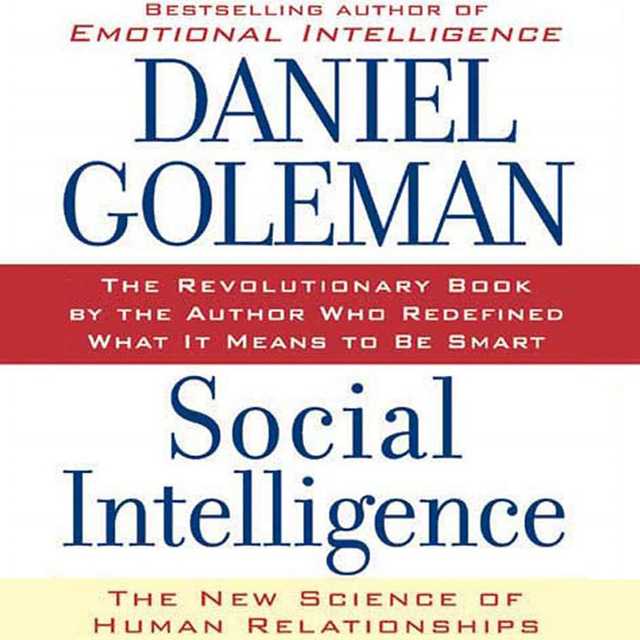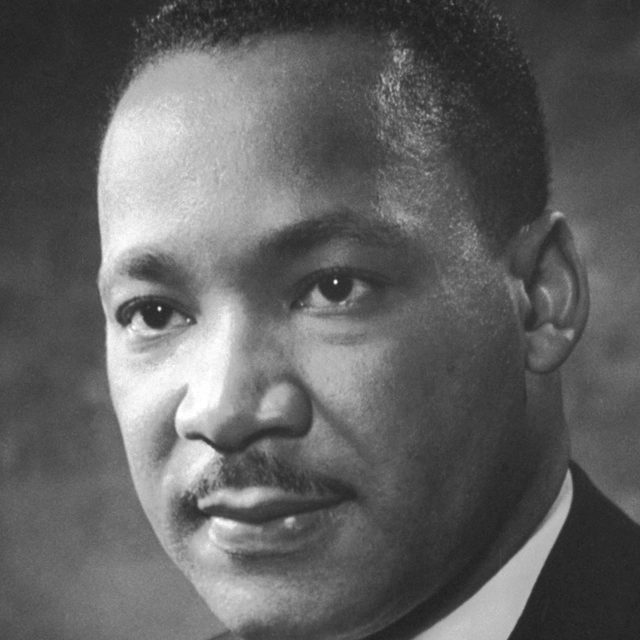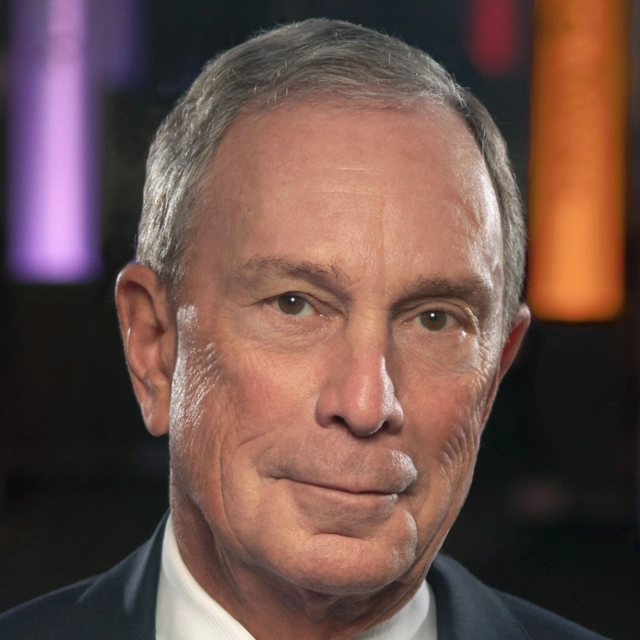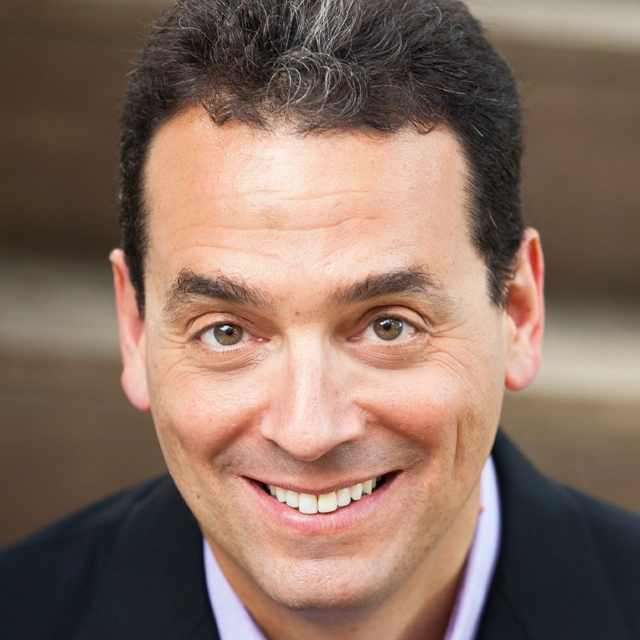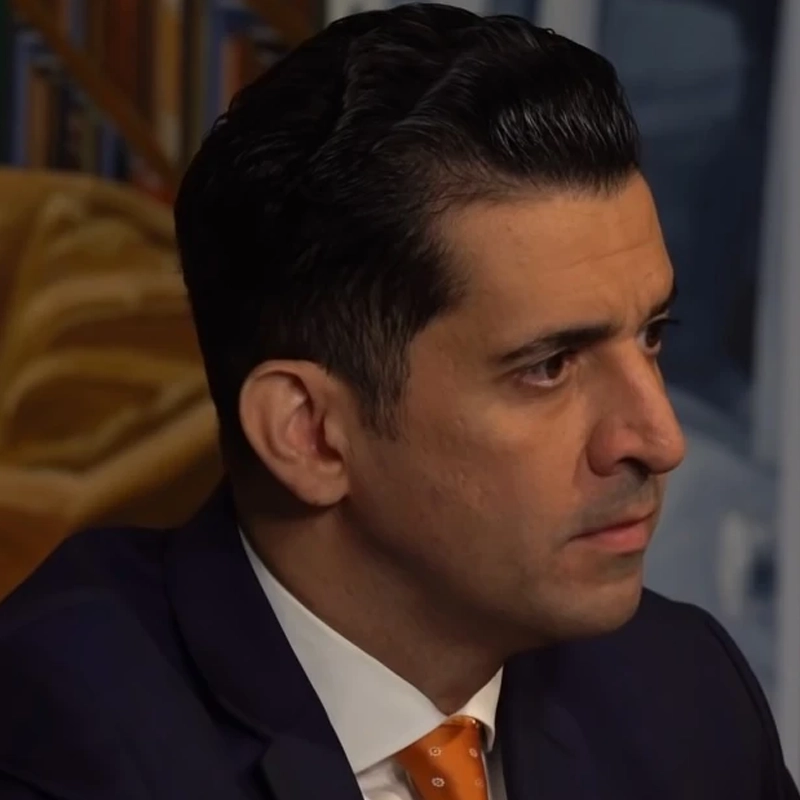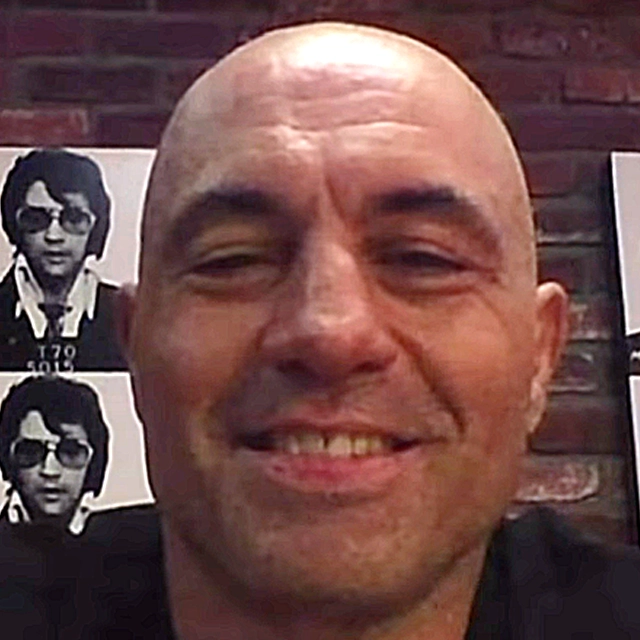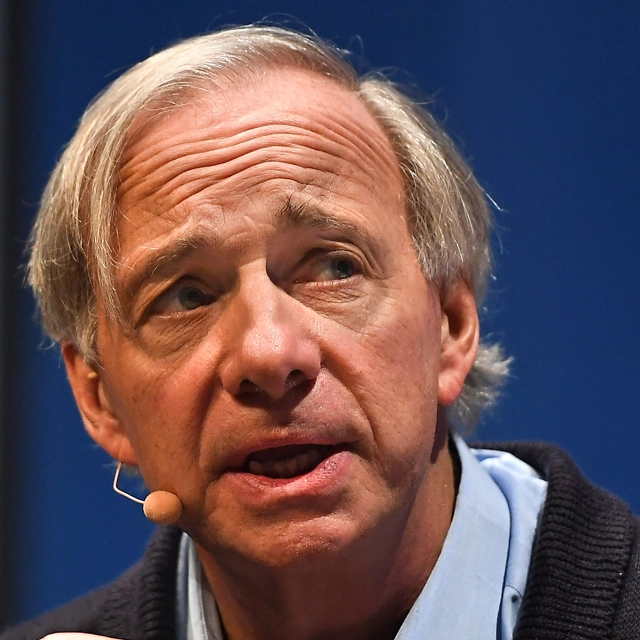Recommended by 1 experts
The Tipping Point Audiobook Summary
“A wonderful page-turner about a fascinating idea that should affect the way every thinking person looks at the world.” –Michael Lewis
Other Top Audiobooks
The Tipping Point Audiobook Narrator
Malcolm Gladwell is the narrator of The Tipping Point audiobook that was written by Malcolm Gladwell
About the Author(s) of The Tipping Point
Malcolm Gladwell is the author of The Tipping Point
More From the Same
- Author : Malcolm Gladwell
- Blink
- Outliers
- David and Goliath
- Talking to Strangers
- What the Dog Saw
- Publisher : Hachette Audio
- We're Speaking
- Win
- She Walks in Beauty
- 365 Thank Yous
- Witches of East End
The Tipping Point Full Details
| Narrator | Malcolm Gladwell |
| Length | 8 hours 34 minutes |
| Author | Malcolm Gladwell |
| Category | |
| Publisher | Hachette Audio |
| Release date | April 03, 2007 |
| ISBN | 9781600240089 |
Subjects
The publisher of the The Tipping Point is Hachette Audio. includes the following subjects: The BISAC Subject Code is Business & Economics, Marketing, Research
Additional info
The publisher of the The Tipping Point is Hachette Audio. The imprint is Little, Brown & Company. It is supplied by Hachette Audio. The ISBN-13 is 9781600240089.
Global Availability
This book is only available in the United States.
The Tipping Point is recommended by
Joe Rogan
Joseph Rogan is a UFC color commentator, podcaster & actor.
Hearing him do the audio part is great.” Outliers. “It's fucking great.
Goodreads Reviews
Nick
February 20, 2008
This book is fascinating and I was disappointed to read that many other readers didn't think so. So here's my response. I think those readers are approaching this book the wrong the way when they critisize Gladwell for his inability to prove his points thoroughly. Sure, Gladwell could have dotted every i and crossed every t and shown every counter-example to the theories he's proposing. There's a word for the books that accomplish that: BORING. Gladwell is a storyteller and he knows how to keep the reader involved. By going into too much detail, he would lose his audience. Hopefully the reader who isn't convinced entirely can go into further detail by reading Gladwell's sources which are exhaustively referenced in the back of the book. Another criticism is that Gladwell doesn't come to a specific point or that his points are hazy (this was probably more true with "Blink"). I almost want to say "who cares?" This book and "Blink" are veritable digests of the latest advances in psychology and sociology. So what if the overarching idea of the book is loose? You have now understood countless fascinating anecdotes which you can reconstruct in your own way. It is Gladwell's loose structure that allows him to connect these disparate dots in a story that you can digest, and despite the accusations that he is not precise about his overall thesis, the individual incidents are very well explained. I love knowing the differences between Sesame Street and Blue's Clues and the differences between an adult's and a child's cognitive capabilities. Would I have read an entire book devoted solely to that? Probably not, but I was happy to read a chapter devoted to it, and a very well-written one at that.Perhaps I approach non-fiction in a different way than most--and I will admit that I'm fascinated by almost any new, dramatically different idea about any subject, regardless of whether or not I believe it to be true--but I think that people who go into this book seeking a different way of thinking about the world around us, macro & microcosmically, will enjoy themselves. Those who go into the book seeking to be convinced beyond doubt that that way of thinking is the correct way, will not.
Otis
March 22, 2017
Really good book. It read like a bestseller (quick read), but had a lot of substance to stop and make you think.three Rules of the tipping point: the law of the few, the stickyness factor, the power of context.Law of the Few (people who influence): - Connectors: super connectors (eg Paul Revere). William Dawes had the same mission as Paul Revere the same night but we haven't heard of him b/c Paul Revere was a super-connector & knew who to rouse. - Mavens: A Maven is a person who has information on a lot of different products or prices or places. This person likes to initiate discussions with consumers and respond to requests. They like to be helpers in the marketplace. - Salesmen: people with the skills of persuasion. Good at reading people entering into "conversational harmony" with them. Facial gestures (nods, smiles, frowns) are key indicators. Emotional Mimicry. Studies showed Peter Jennings viewers voted Republican b/c he unconsciously smiled more while covering Reagan.Stickyness Factor - Sesame street succeeded b/c it learned to make TV sticky. It did a TON of testing with focus groups of kids to increase stickyness (how much kids remembered) of each show. They would cut scenes that didn't hold attention until each show was good. - Blues Clues did even more testing and discovered that kids love repetition - it plays the same show 5 times in a row and kids love it. - make the message personal to make it memorable The Power of Context - Broken window theory. NYC cleaned up its crime epidemic by cleaning off the graffiti from its subways. - Often to change human behavior you have to change the context the problem is presented in. - Stanford Prison Experiment by Zimbardo proved that context matters. - law of 150: a person can't 'know' more than 150 people, so companies usually start to fail at that point. Gore-Tex breaks up a company into 2 once it hits 150, because they've found things work better that way.
Ahmad
October 20, 2020
The Tipping Point: How Little Things Can Make a Big Difference, Malcolm GladwellGladwell defines a tipping point as "the moment of critical mass, the threshold, the boiling point". The book seeks to explain and describe the "mysterious" sociological changes that mark everyday life. As Gladwell states: "Ideas and products and messages and behaviors spread like viruses do".عنوانها: «نقطه ی اوج»؛ «نقطه شروع»، «نقطه عطف»؛ نویسنده: مالکوم گلدول؛ تاریخ نخستین خوانش: روز بیست و هفتم ماه آوریل سال 2009میلادیعنوان: نقطهی اوج: چگونه چیزهای کوچک تفاوتهای بزرگ میآفرینند؟ نویسنده: مالکلم گلدول؛ مترجم: ندا شادنظر؛ تهران افراز، 1387؛ در 200ص؛ شابک 9786005218893؛ موضوع: روانشناسی اجتماعس از نویسندگان کانادایی - سده 21معنوان: نقطه شروع: چگونه چیزهای کوچک تفاوتهای بزرگ ایجاد میکند؛ نویسنده: مالکولم گلادول؛ مترجم: مهدی قراچه داغی؛ کرج: در دانش بهمن، 1396؛ در 237ص؛ شابک 9789641741886؛عنوان: نقطه عطف : چگونه اتفاقات کوچک، تغییرات بزرگی را رقم میزنند؛ نويسنده مالکوم گلدول؛ مترجم: فهیمه فتحی؛ ویراستار نرگس مساوات؛ تهران انتشارات آرایان، 1397؛ در 311ص؛ شابک 9786009879427؛عنوان: نقطه عطف؛ نویسنده: مالکوم گلدول؛ مترجم: فریبرز آذرنیا؛ ویراستار مهدی فرجالهی؛ تهران روزبهان، 1396؛ در 246 ص؛ شابک 9789648175998؛کتاب با مثالی از شیوع بیماریها آغاز میشود؛ نخست عده ی کمی مبتلا میشوند، سپس در زمان کوتاهی بیماری منتشر و همه گیر میشود؛ این شکل انتشار و شایع شدن، تنها از آن بیماریها نیست؛ انتشار ایده ها، رفتارها و محصولات هم به همینگونه استتاریخ بهنگام رسانی 29/07/1399هجری خورشیدی؛ ا. شربیانی
Tharindu
November 14, 2020
"But a small change is often all that it takes."There are many schools of thought when it comes to interpreting the reasons behind why somethings 'stick', while others just exist in background. Malcolm Gladwell's own take on this is what The Tipping Point is mostly about. And it sure is interesting."Look at the world around you. It may seem like an immovable, implacable place. It is not. With the slightest push - in just the right place - it can be tipped."This is a relatively short book - compared to some other books on same subject - and attempts to explain the author's three principles with the help of some well known 'social epidemics'. Also, there were some new concepts (at least for me) such as the concept of six degrees of separation (Most of the humans are linked to almost everyone in approximately through 6 'connectors') and rule of 150."The subtle circumstances surrounding how we say things may matter more than what we say."However, for a book that is categorized under philosophy, I found it to be a bit too straight forward, and somewhat repetitive. It's true that examples are there help the reader comprehend better but still, given the principles were a little simple, I believe this could've been shorter. Anyway, the book was interesting and provided some new insights for some of the curious reasons behind what becomes a trend."It is the formal features of television - violence, bright lights, loud and funny noises, quick editing cuts, zooming in and out, exaggerated action, and all other other things we associate with commercial TV - that hold out attention. In other words, we don't have to understand what we are looking at, or absorb what we are seeing, in order to keep watching."
David
September 21, 2007
In a work heavily influenced by the budding science of memetics (though he never once uses the word meme), Malcom Gladwell seeks to provide a framework for explaining why certain isolated phenomena (suicide in Micronesia, wearing hush puppies, reading a particular novel) can suddenly become widespread and why situations can suddenly swing from one extreme (rampant crime in 80s NYC) to another (the huge drop in crime in that same city during the 90s). Gladwell postulates three mechanisms of cultural epidemiology, the axioms of the law of the few, the stickiness factor and the power of context. The law of the few declares that change is often initiated by a small group of people (three different types) with an ever-widening pyramid of influence. Making up the first type are the connectors, basically human nexuses whose webs of important acquaintances (note that these are not friends) spread out in logarithmic vertigos of extension (e.g., Revere’s “the British are coming” spread more quickly than that of William Dawes because of the many people Revere knew in the towns he visited). Another group mentioned in the law of the few are mavens, whom we could term data strategists, their almost hobby-like information-gathering not just carried out to further their own interests, but to assist a broader sphere of people. The final set of individuals counted among the few are the salesmen, persuasive communicators whose instinctual ability to adapt the non-verbal cues of others and infect them with emotion is key to effecting wide-sweeping change. The second axiom in Gladwell’s informal theory is stickiness: the impact of the vector on the host, i.e., an idea or product must be memorable in order to spread; otherwise, it will not be embraced by the people in the connector's network. As a result, marketers must constantly devise ways to present products so that they are memorable. Of course, there is no ready-made science of what makes something catchy. However, the effectiveness of a product or idea’s packaging can be tested and tweaked, as Gladwell demonstrates in his discussion of how the creators of Sesame Street and Blue’s Clues try to ensure that children remember their message (in other words, learn the concept being taught). The final factor leading toward the tipping point is the power of context. This area is less well defined by Gladwell, and he unfortunately seems to be trying to herd together a host of disparate considerations under a single, handy rubric. The basic concept is that human behavior is strongly influenced by external variables of context. For example, "zero tolerance" efforts to combat minor crimes such as fare-beating and vandalism on the New York subway led to a decline in more violent crimes; the perception of increased vigilance altered the behavior and attitudes of the passengers. This theory of broken windows is well-known in sociology: attention to small details, reparation of seemingly unimportant (when looking at the big picture) problems, can engender massive change in a larger system (this is sort of the butterfly effect of sociology). On the whole, however, Gladwell has made an admirable foray into the construction of a theoretical model of memetic transmission and epidemiology. Building upon his layman’s approach, scientists specializing in cultural transmission might now begin testing his specific claims with an eye toward developing such a model.
Juliet
August 26, 2022
This was a reread for me (15 years later) and it was interesting how my perspective on the information shifted somewhat. I didn't love the chapter about Goetz and NYC because I felt only certain factors were looked at in assessing the why's of what happened and the later clean up by the police. I felt only the factor of increased policing was looked at for the change in crime and not other farther reaching factors such as poverty, programs, and investments into communities. However the rest of the book stood about the same. Still a great read and food for thought!
Caroline
May 20, 2015
** spoiler alert ** Malcolm Gladwell has written five books, all of which have been on the New York Times bestseller list. He is extremely readable.This now-famous book is about popular ideas and products, and how they spread through society. Starting off small at first, they slowly gather momentum until they reach a 'tipping point', where they take off and become fantastically popular. This book is all about the mechanics of how this happens, and the different types of people and businesses enabling the process.The best bits for me? The illustration of how we are all incredibly different - how some people are freakishly sociable, others are freakishly knowing, informative and knowledgeable, whilst others have the charisma to sell you anything. Given Gladwell's clear examples I was easily able to slot a couple of my friends into these categories, and therefore relate to the ideas he was describing. These are the movers and shakers - the people who make things happen.He uses a wide range of phenomena to illustrate the idea of social epidemics - the rise to popularity of Hush Puppy shoes, a sudden decline of crime in New York, the success of the children's programmes Sesame Street and Blue Clues, the cleaning up of the New York subway, the spread of new corn seed in Iowa in the 1930s, an increase of suicides in the South Pacific islands of Micronesia, plus the reasons why smoking has drastically increased amongst teenagers in the US, despite strenuous efforts to discourage it. I was impressed by the wide range of his examples.My one criticism is that it was all rather predictable. The relationship between causes and effects were often ones I had heard before, or that I had worked out for myself. Unlike the book Freakonomics: A Rogue Economist Explores the Hidden Side of Everything I didn't feel that I was being exposed to some really original ideas behind society's statistics.Still - an interesting read by an excellent writer. It clarified several concepts I already had, and made them a lot less woolly.
Shahzad
March 04, 2018
It has a number of eye openers and will broaden one’s vision to see how little things matter so much.A combination of lucid explanation with vivid (and often funny) real-world examples, the book sets out to explain nothing less than why human beings behave the way they do.
Riku
February 04, 2012
Inductive reasoning but still believable for the most part. Extreme fun to read.
Baba
June 20, 2020
The tipping point', an analysis of that magic moment when ideas, trends, social behaviours etc. tips over, and spread like nobody business sometimes into becoming mainstream. An interesting theory… I liked the examples and note that this much more than just a book of examples. To me, I liked the breaking down of how something started and grew to something more from the likes of Sesame Street and rumours through to sneakers and New York crime! The magic number 150 chapter is thought provoking, although to be clear Gladwell was far from the first to identify essentially the maximum number of acquaintances one can have. Recommended read, just to be aware of the trend examples provided. 7 out of 12, up to 9 out of 12 after my 2016 reread!
Natali
March 08, 2009
This is Gladwell's most thorough book. It has everything that I wanted from Outliers and Blink: research, diagnosis, and a clear call to action. Although admittedly, the research is not quite as fun as it is in his two following books. If I had Gladwell's attention, I would ask him this: How do you capitalize on your role as either a Connector, Maven, or Salesmen? And what if you are none of the above, but rather a part of the phenomenon-following mob? Can you aspire to a different role than the one you are naturally gifted with? I identified with the Maven, as I'm sure most journalists do. So what do I do with that beyond disseminating news and culture? Can a Maven be a trend setter or a Connector? Since I don't have Gladwell's attention, I guess that is rhetorical.One thing I love about Gladwell is that he presents strong theory and analysis in a way that allows for variance. One of my favorite quotes from this book: "That's why social change is so volatile and so often inexplicable, because it is the nature of all of us to be volatile and inexplicable."
Paul
October 21, 2021
The biography of a very simple ideaThe back cover marketing blurb describes it very simply. “THE TIPPING POINT is that magic moment when an idea, trend, or social behavior crosses a threshold, tips, and spreads like wildfire.” The introduction covers that summary in slightly greater detail, “It is the best way to understand the emergence of fashion trends, the ebb and flow of crime waves, or, for that matter, the transformation of unknown books into bestsellers, or the rise of teenage smoking, or the phenomena of word of mouth, … Ideas and products and messages and behaviors spread just like viruses do.”Teachers, advertising executives, business owners, politicians, social workers, authors and the like would do very well to read Malcolm Gladwell’s brilliant musings concerning the characteristics of “epidemic” style societal change – contagiousness; little causes can have enormous effects; and change happens, not gradually, but a single dramatic moments. I’m not sure that I learned anything that would affect my personal life or cause me to change my behaviour in any way but there is no question that I did learn stuff and I also enjoyed the ride.Indeed, there is every likelihood that if I had read THE TIPPING POINT as a young man, I would almost certainly have added Psychology as an elective to my university course list. It’s compelling, convincing and astonishingly interesting. BLINK, another of Malcolm Gladwell’s work, was just as amazing and I’ll look forward eagerly to trying more. OUTLIERS and TALKING TO STRANGERS come to mind as top of the list candidates.(On a related note, I'm wondering, given the world's current overwhelming concern with Coronavirus pandemic, if any public health officials have given thought to applying Gladwell's ideas to the intractable problem of persuading blockheaded American anti-vaxxers to change their minds??)Paul Weiss
Eric_W
October 13, 2013
I first read about this concept several years ago in a New Yorker article that discussed the theory of epidemics as it relates to crime, particularly the power of context. A book (Fixing Broken Windows Restoring Order and Reducing Crime in Our Communities by George Kelling) proposed that police should spend more time dealing with the little things, e.g., arresting people for public drunkenness, going after the street hookers small-time dope dealers, rather than putting resources into the high-profile, big crimes. "If a window is broken and left unrepaired, people walking by will conclude that no one cares and no one is in charge." This theory was adopted by David Gunn, the new director of the New York Transit System, after Kelling was brought in as a consultant. New York and the subway system were in the throes of a terrible crime wave (remember Bernard Goetz?). Gunn had the transit cops arrest fare-beaters, and they never allowed a graffiticovered car to enter service. The kids would spend three nights painting cars and then the workers would paint over what the kids had done. "It was a message to them. If you want to spend three nights of your time vandalizing a train, fine. But it's never going to see the light of day." The cops, at first angry they were spending time arresting simple fare-beaters — after all, only $1.25 was at stake — discovered that many of those they caught had records and were carrying guns, and many had outstanding warrants, and an important signal was being sent. In less than six years, the subway system became one of the safest. Mayor Giuliani hired the top transit cop to implement the same theory city-wide. The emphasis was now on the socalled "minor" stuff, the "squeegee men" who extorted money from drivers at intersections, public urination, throwing trash on the streets, and other "minor" crimes. The effect was sensational. The crime rate in New York plummeted. The murder rate fell to one of the lowest in the nation. Context was everything. Studies over the years have revealed that we are mistaken when we view character as something innate, and that we overestimate the importance of character traits when it comes to interpreting other people's behavior. It turns out that "character isn't what we think it is, or rather, what we want it to be. . . It's more like a bundle of habits and tendencies and interests, loosely bound together and dependent, at certain times, on circumstance and context." Broken Windows and the Power of Context theory say "that the criminal — far from being someone who acts for fundamental, intrinsic reasons and who lives in his own world — is actually someone acutely sensitive to his environment, who is alert to all kinds of cues, and who is prompted to commit crimes based on his perception of the world around him." The book is much more than about crime and its causes. Gladwell is interested in systems and why certain people and linkages can create social epidemics, be they the purchasing of certain items in a store or how children react to concepts on television. Ideas and messages spread just the way viruses do, and if a certain mass is reached the epidemic begins and is caught by millions. Why do we remember Paul Revere's ride, but not the other fellow who set off in a different direction but carried the same message in the same manner? Gladwell has an explanation. He had two things going for him. He was a "connector," i.e., he knew and was known by almost everyone in the Boston area, but he was also a "maven," an individual that collected information about the regulars. Gladwell has filled the book with lively anecdotes that support the data he is presenting, making a fascinating read.
Most Popular Audiobooks
Frequently asked questions
Listening to audiobooks not only easy, it is also very convenient. You can listen to audiobooks on almost every device. From your laptop to your smart phone or even a smart speaker like Apple HomePod or even Alexa. Here’s how you can get started listening to audiobooks.
- 1. Download your favorite audiobook app such as Speechify.
- 2. Sign up for an account.
- 3. Browse the library for the best audiobooks and select the first one for free
- 4. Download the audiobook file to your device
- 5. Open the Speechify audiobook app and select the audiobook you want to listen to.
- 6. Adjust the playback speed and other settings to your preference.
- 7. Press play and enjoy!
While you can listen to the bestsellers on almost any device, and preferences may vary, generally smart phones are offer the most convenience factor. You could be working out, grocery shopping, or even watching your dog in the dog park on a Saturday morning.
However, most audiobook apps work across multiple devices so you can pick up that riveting new Stephen King book you started at the dog park, back on your laptop when you get back home.
Speechify is one of the best apps for audiobooks. The pricing structure is the most competitive in the market and the app is easy to use. It features the best sellers and award winning authors. Listen to your favorite books or discover new ones and listen to real voice actors read to you. Getting started is easy, the first book is free.
Research showcasing the brain health benefits of reading on a regular basis is wide-ranging and undeniable. However, research comparing the benefits of reading vs listening is much more sparse. According to professor of psychology and author Dr. Kristen Willeumier, though, there is good reason to believe that the reading experience provided by audiobooks offers many of the same brain benefits as reading a physical book.
Audiobooks are recordings of books that are read aloud by a professional voice actor. The recordings are typically available for purchase and download in digital formats such as MP3, WMA, or AAC. They can also be streamed from online services like Speechify, Audible, AppleBooks, or Spotify.
You simply download the app onto your smart phone, create your account, and in Speechify, you can choose your first book, from our vast library of best-sellers and classics, to read for free.
Audiobooks, like real books can add up over time. Here’s where you can listen to audiobooks for free. Speechify let’s you read your first best seller for free. Apart from that, we have a vast selection of free audiobooks that you can enjoy. Get the same rich experience no matter if the book was free or not.
It depends. Yes, there are free audiobooks and paid audiobooks. Speechify offers a blend of both!
It varies. The easiest way depends on a few things. The app and service you use, which device, and platform. Speechify is the easiest way to listen to audiobooks. Downloading the app is quick. It is not a large app and does not eat up space on your iPhone or Android device.
Listening to audiobooks on your smart phone, with Speechify, is the easiest way to listen to audiobooks.












